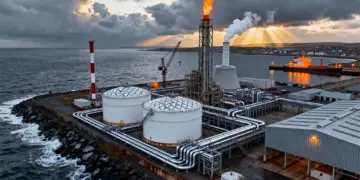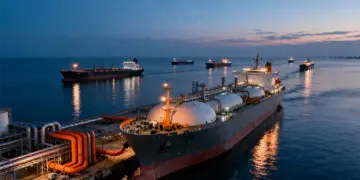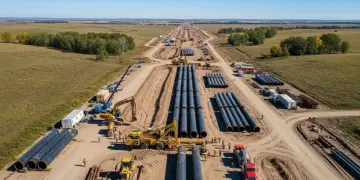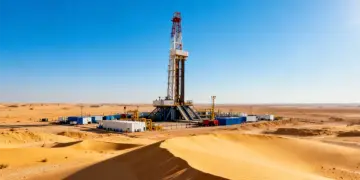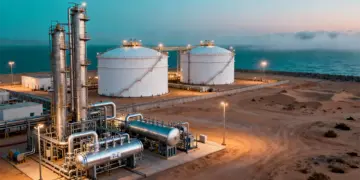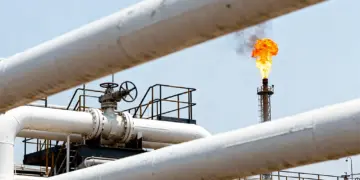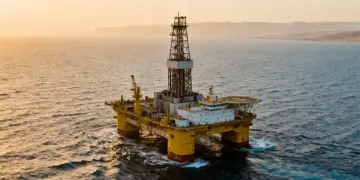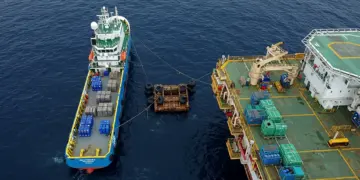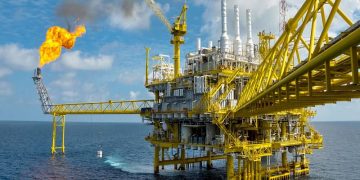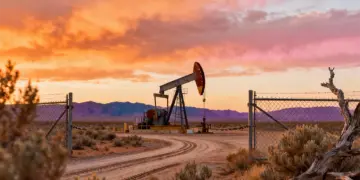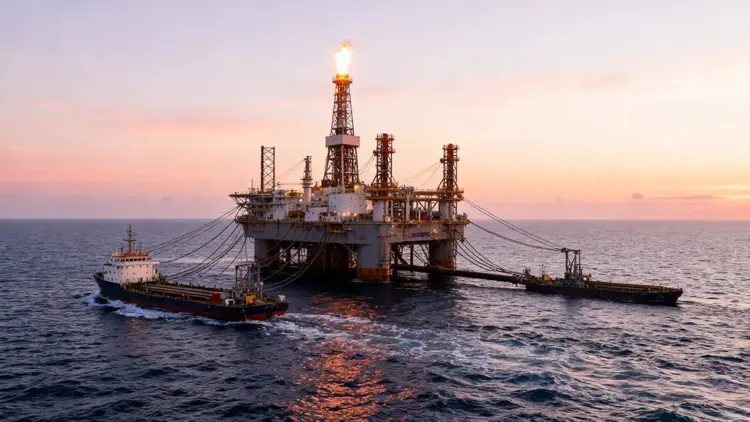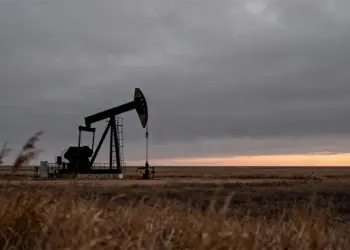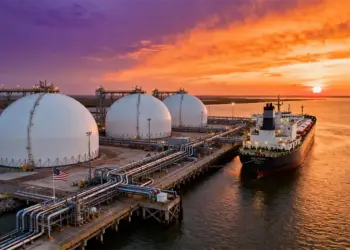It is a known fact that global oil and gas majors are increasingly focused on frontier regions and technically challenging areas in order to find new conventional oil and gas, driven due to shrinking reserves as well as increased demand.
Oil and gas majors such as TotalEnergies, ExxonMobil, BP, and Chevron, as well as Eni, happen to be actively acquiring the exploration rights and also investing in new drilling projects across diverse, high-potential areas in spite of the varying strategies.
While there are companies such as Shell that happen to be taking a more selective approach, the total trend happens to indicate a very renewed push in terms of higher-risk, higher-reward exploration so as to sustain long-term growth along with profitability.
Apparently, shrinking discovered volumes, growing demand for oil and gas, and also a renewed focus when it comes to energy security – all have driven the global oil and gas sector to refocus on frontier regions so as to look out for new discoveries, which are essential when it comes to sustaining long-term growth.
It is well to be noted that the peer group of six global majors – Shell, TotalEnergies, ExxonMobil, BP, Chevron as well as Eni happens to be responsible for around 20% of the overall conventional oil and gas volumes that have been discovered ever since 2020. These companies have the technical skills as well as the financial muscle that is required to explore technically challenging along with high-cost frontier areas. These majors have already gone on to communicate the significance, to varying degrees, of frontier exploration to grow within their quest to go ahead and replenish reserve bases and at the same time also maintain profitability.
Interestingly, TotalEnergies went ahead and lowered its exploration spending in 2024 to $835 million from a yearly budget of almost $1 billion to $1.2 billion all through 2017-2023. The French major is anticipated to hold exploration expenditure at 2024 levels in 2025; however, in spite of the dip, its recent acquisitions go on to suggest that it has not lost its taste when it comes to frontier exploration to grow. The company, in a recent move, went ahead and acquired a 25% working interest across 40 Chevron-operated federal offshore exploration leases based in the Gulf of America and also a 25% stake in the offshore Block 53 of Suriname. The company is also targeting low-cost as well as low-emission options and looks forward to a production growth of 3% every year till the end of this decade.
On the other hand, ExxonMobil is looking forward to replicating its success in Guyana, where it has already discovered more than 13 billion barrels of oil, which is the equivalent of recoverable resources ever since 2015. The U.S. oil major has already acquired exploration rights across Trinidad & Tobago and happens to be studying four offshore blocks in Libya.
The deepwater expertise that ExxonMobil has, along with the latest drilling technologies, can as well see it target the reservoirs that were previously inaccessible.
Chevron has also been one of the least active explorers when it comes to the oil majors; however, since 2024, it has been acquiring frontier exploration acreage throughout multiple regions, venturing into the offshore of Brazil’, shallow waters in South America, deepwater Africa, and also certain emerging basins.
This U.S. major has already acquired nine offshore blocks in the Foz do Amazonas Basin of Brazil, which is an environmentally sensitive but geologically extremely promising frontier area, and has also inked a couple of risk service contracts in the ultra-deep waters of Angola, where the country is yet to replicate the immense success that it had seen across its deepwater and intermediate areas. Chevron has gone on to show renewed interest in Namibia with a collaboration in the Orange as well as the Walvis basins.
Besides this, BP has already gone ahead and revamped its exploration strategy by way of backing off from its low-carbon energy commitments and, at the same time, announcing strategies to grow its oil and gas business. The UK major looks forward to drilling almost 40 wells in the next three years and is going to spend an average of $1.2 billion every year on exploration. The recent Bumerangue discovery by BP in Brazil goes on to mark the return to deepwater exploration, and now the company is also planning to drill the very first ultra-deepwater well off the coast of Libya. The company, in addition to this, formally completed the acquisition of interests in a couple of offshore exploration and development blocks located in the Caspian Sea of the Azerbaijan sector.
When we talk of Shell, it has already adopted a selective approach by way of focusing on value over volume and happens to be extending the production profile of the present assets by way of near-field exploration.
The UK-headquartered major, as of now, does not have the plans to participate in frontier exploration activity; however, it will continue to look for certain new volumes across countries where hydrocarbons have been discovered already.
The dual exploration strategy of Eni happens to focus on value-driven exploration through fast monetization, mixing the high-risk, high-upside frontier exploration to grow along with efficient and near-field projects. The Italian oil has major happenings and happens to be banking on this strategy so as to go ahead and deliver production growth between 3% and 4% all through 2028 consistently. It is well to be noted that Eni is at present drilling the first onshore well in Libya since 2014. Interestingly, this happens to be in association with BP.
All put together, the six majors are indeed pushing the boundaries when it comes to exploration, targeting frontier areas for certain new discoveries in order to sustain their businesses. Although the risks are pretty high, the potential rewards happen to be quite significant, and the sector is most likely to see growing activity throughout these regions in the times to come.







